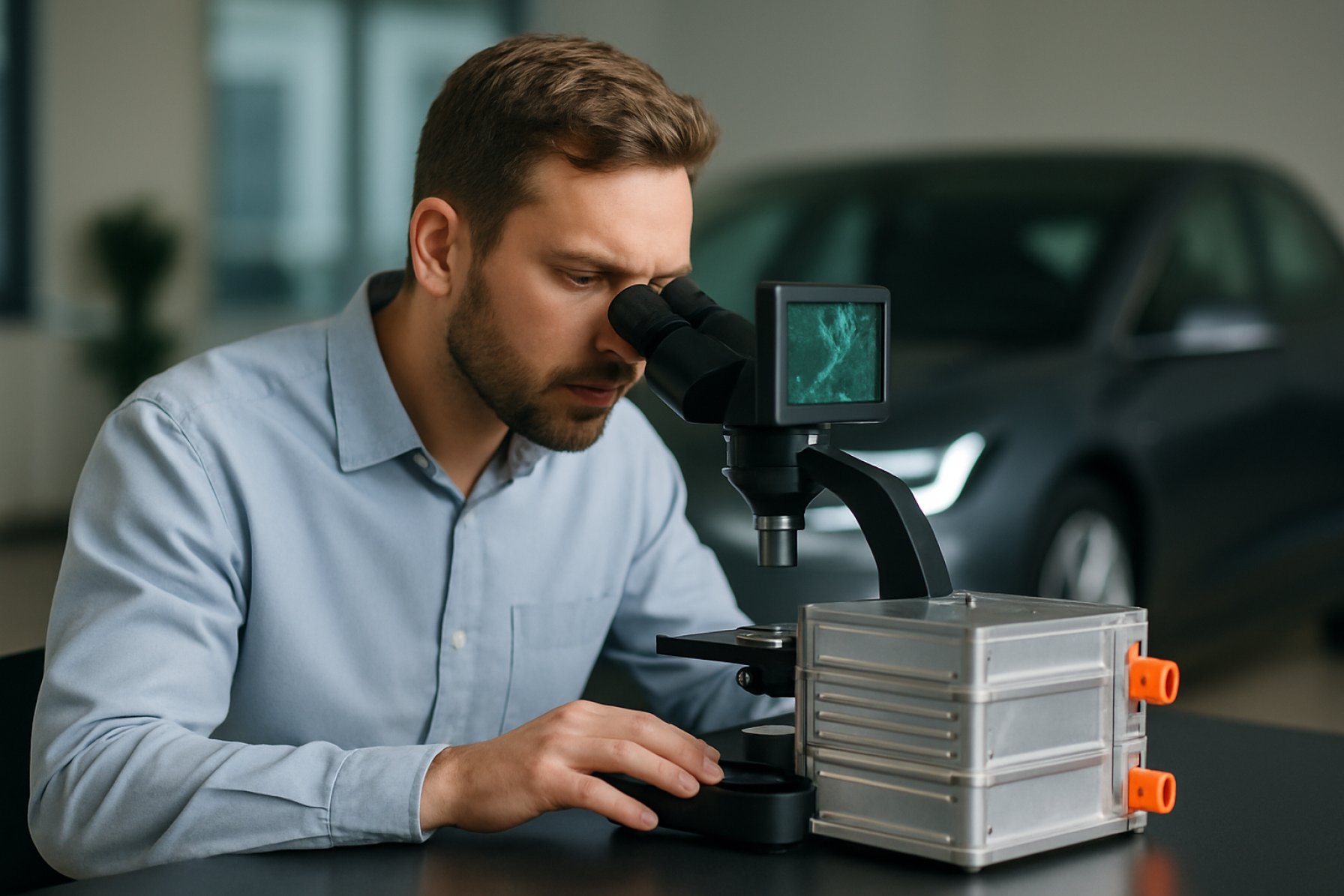New AI Discovery Could Supercharge Electric Car Batteries by 2025—Here’s What It Means for EV Drivers
Machine learning turbocharges the hunt for next-generation solid-state batteries, promising safer EVs with up to 50% longer range.
- 50% Potential Range Increase: Solid-state batteries could boost EV distance by half.
- AI Accelerates Research: Machine learning narrows down material options in hours instead of months.
- Fire Safety Leap: Solid electrolytes reduce fire hazards compared to current lithium-ion batteries.
Are electric vehicles about to get a massive upgrade? In a milestone development, researchers from Russia’s Skoltech and AIRI Institute have harnessed machine learning to accelerate the search for breakthrough materials in solid-state batteries. This could mean dramatic leaps in range and safety for your next EV.
Solid-state batteries replace the flammable liquid electrolytes found in today’s lithium-ion cells with solid materials, potentially slashing fire risks and packing 50% more driving distance into each charge. Automakers worldwide are in a high-stakes race to deploy this technology first, positioning it as the holy grail for electric mobility.
But there’s been a problem: The right combination of solid electrolytes and protective coatings has remained elusive. Traditional chemistry calculations take enormous time and computation—until now.
How Does AI Transform Battery Development?
Powerful neural networks—specifically graph neural networks—now evaluate and predict which combinations of materials will work as fast-moving, robust solid electrolytes and coatings. Compared to old-school quantum chemistry, this approach slashes discovery times by orders of magnitude.
Researchers revealed their neural networks swiftly identified promising candidates like Li3AlF6 and Li2ZnCl4, two compounds that could act as protective coatings for top-tier solid-state electrolytes such as Li10GeP2S12.
Curious about the science? Modern batteries shuttle ions across an electrolyte to create electricity. Solid-state versions use tough materials like ceramics to replace dangerous fluids, but the right “recipes” remain a scientific puzzle.
Machine learning now screens thousands of possibilities for vital properties—thermal stability, ionic conductivity, compatibility with battery parts—dramatically narrowing down the options.
Q&A: What Does This Mean for EV Owners?
Q: Will I see these batteries in 2025 cars?
A: Major automakers are accelerating trials. While no car uses full solid-state tech yet, advances like this cut years off commercialization.
Q: Is it really safer?
A: Yes—solid materials slash the risk of fire, one of today’s main EV concerns.
Q: How much farther could I drive?
A: Early studies predict up to 50% more range over today’s best lithium-ion offerings.
Check out more on battery advances at Tesla, or browse science-driven news on Nature.
How Will Solid-State Battery AI Shape the Future?
With new AI-powered workflows, battery labs can test and discard thousands of material candidates within days—not months or years. This agility lets innovators home in on safer, longer-lasting batteries just as the global EV market is booming.
For consumers, this means EVs with less downtime, fewer risks, and range anxiety finally solved.
How to Stay Ahead of the EV Battery Revolution in 2025
– Watch for announcements from leading EV brands integrating solid-state trials.
– Follow credible science sources for tech updates.
– Stay plugged in to consumer reviews as new battery models hit the road.
– Learn the basics of battery safety and care.
Ready for the next wave of electric vehicles? Keep an eye on the battery race—and get prepared to drive farther, safer, and smarter.
Solid-State EV Battery Revolution: Action Checklist
- Monitor 2025 car announcements for solid-state breakthroughs
- Follow reputable science and automotive news outlets
- Ask dealers about battery types and warranties
- Get familiar with basic EV safety and maintenance tips
